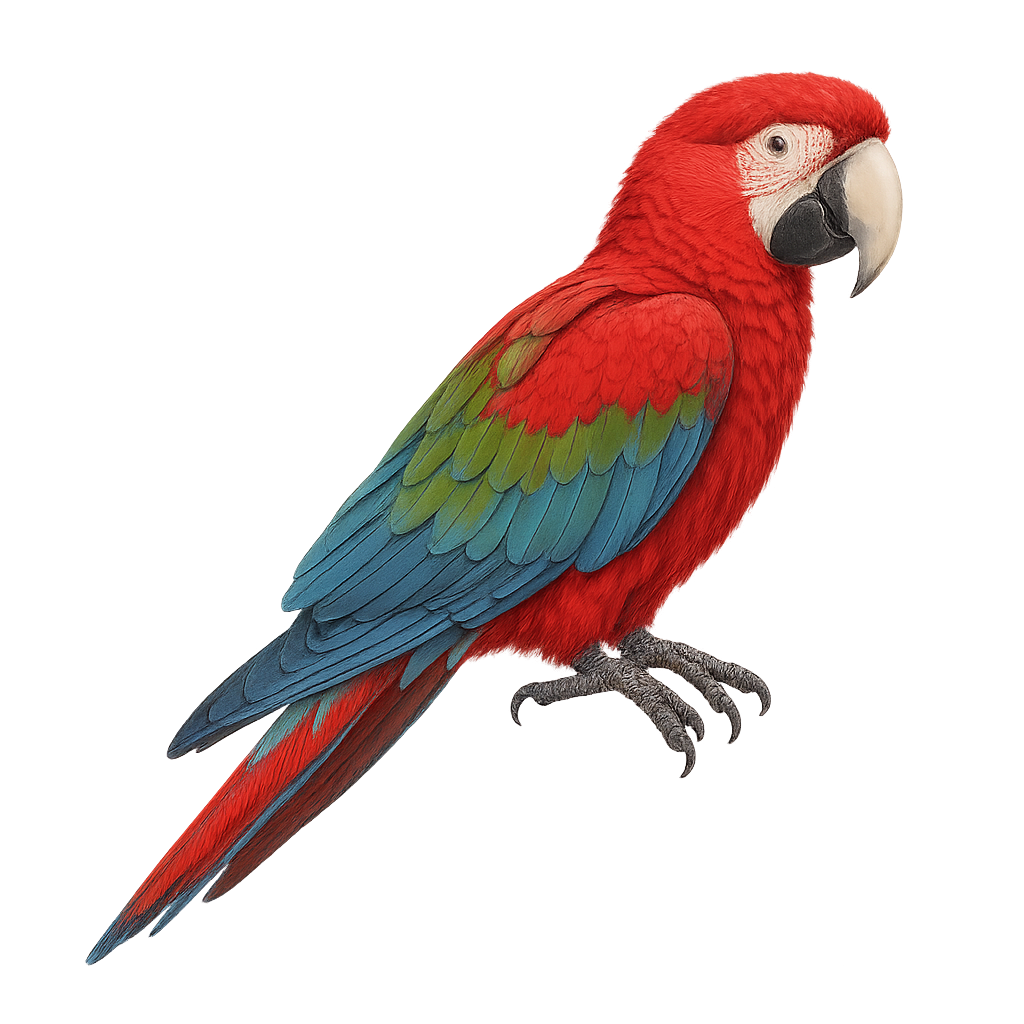Your wildlife photography guide.
Explore the red-and-green macaw in detail, study its behavior, prepare your shots.
Where to observe and photograph the red-and-green macaw in the wild
Learn where and when to spot the red-and-green macaw in the wild, how to identify the species based on distinctive features, and what natural environments it inhabits. The WildlifePhotographer app offers tailored photography tips that reflect the red-and-green macaw’s behavior, helping you capture better wildlife images. Explore the full species profile for key information including description, habitat, active periods, and approach techniques.
Red-and-green Macaw
Scientific name: Ara chloropterus

IUCN Status: Least Concern
Family: PSITTACIDAE
Group: Birds
Sensitivity to human approach: Suspicious
Minimum approach distance: 10 m
Courtship display: November to February
Incubation: 24-26 jours
Hatchings: November to March
Habitat:
Tropical forests, wooded savannas, mangroves
Activity period :
Primarily active during the day, with peak activity in the morning and late afternoon.
Identification and description:
The Red-and-green Macaw, scientifically known as Ara chloropterus, is a large parrot species native to the tropical rainforests of South America. It is renowned for its striking red plumage, complemented by green and blue on its wings and tail. These macaws are highly intelligent and social, often seen in pairs or small family groups. They feed primarily on fruits, nuts, and seeds. With a length of about 90 to 95 cm and a wingspan that can be quite impressive, they are a sight to behold. In captivity, they can live up to 50 years, making them a long-term commitment for bird enthusiasts.
Recommended lens:
400 mm – adjust based on distance, desired framing (portrait or habitat), and approach conditions.
Photography tips:
To photograph the Red-and-green Macaw, aim for early morning hours when the light is soft. Use a telephoto lens of 400mm or more to capture details without disturbing the bird. Be patient and discreet, as these macaws can be suspicious. Look for areas where they feed or rest, often high in the trees. A tripod can be helpful to stabilize your camera, especially if using a long focal length.
The WildlifePhotographer App is coming soon!
Be the first to explore the best nature spots, track rutting seasons, log your observations, and observe more wildlife.
Already 1 432 wildlife lovers subscribed worldwide

